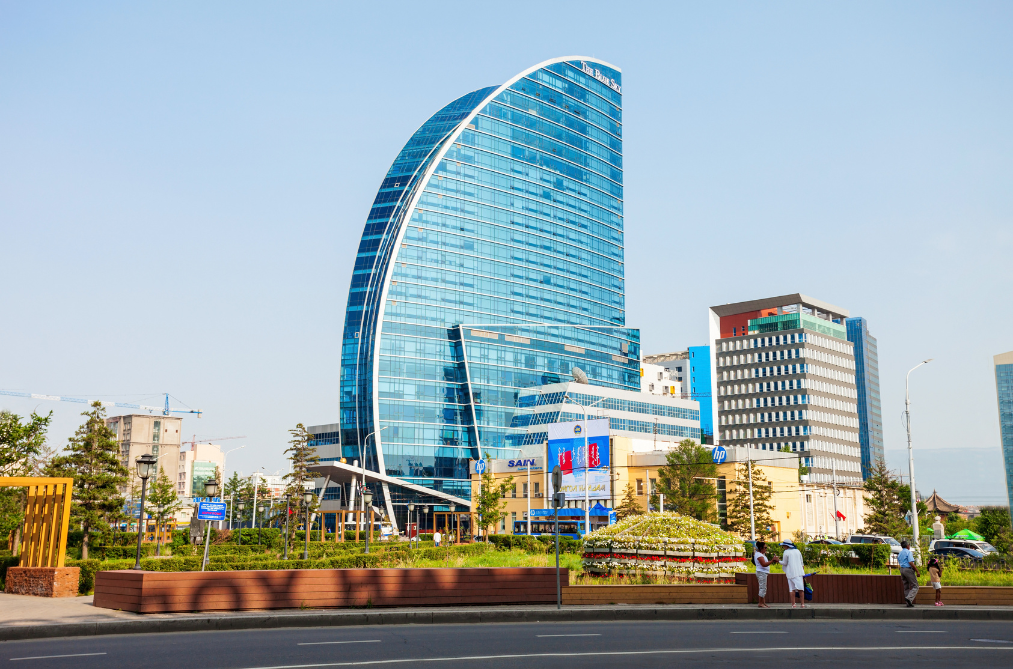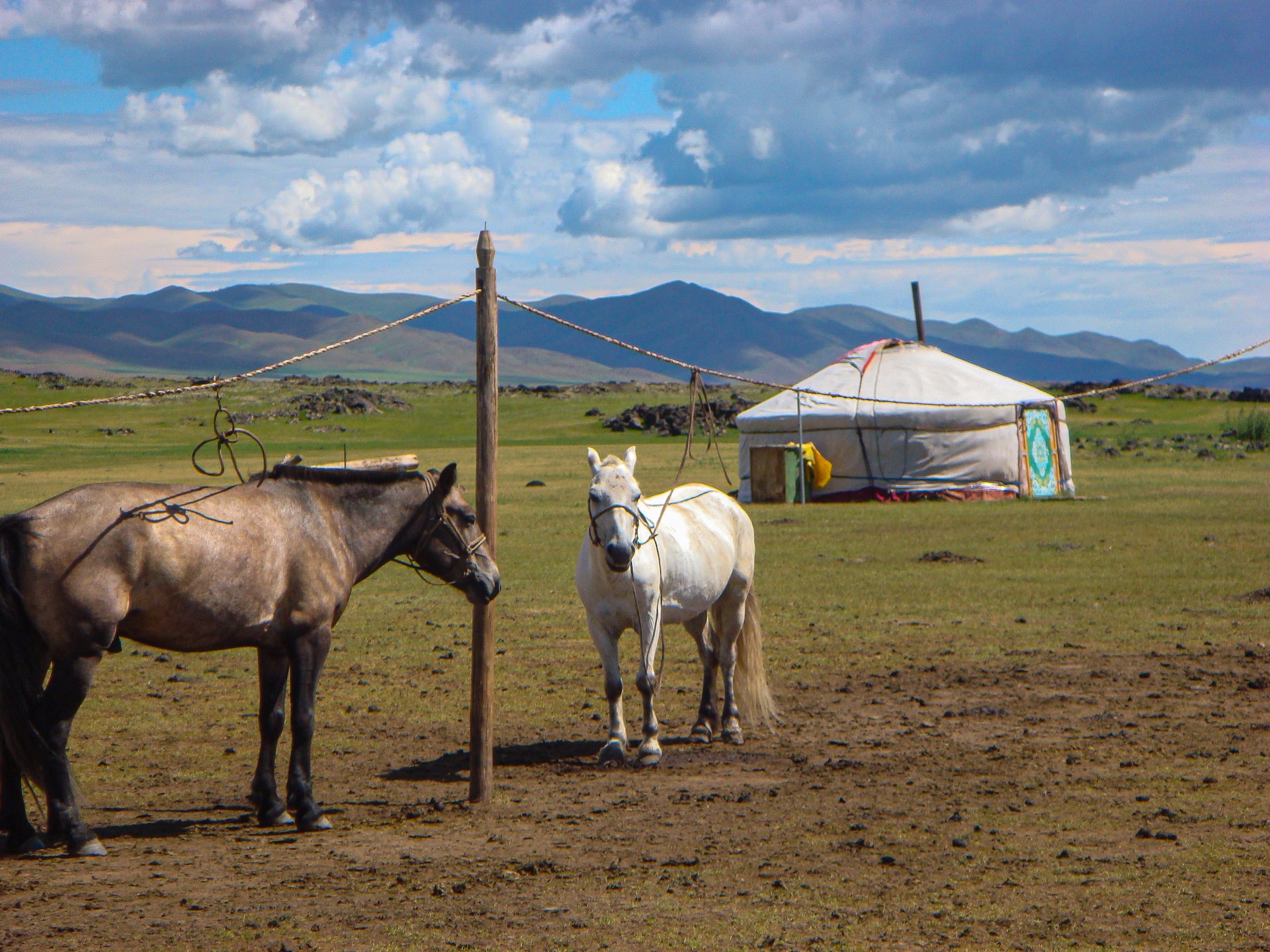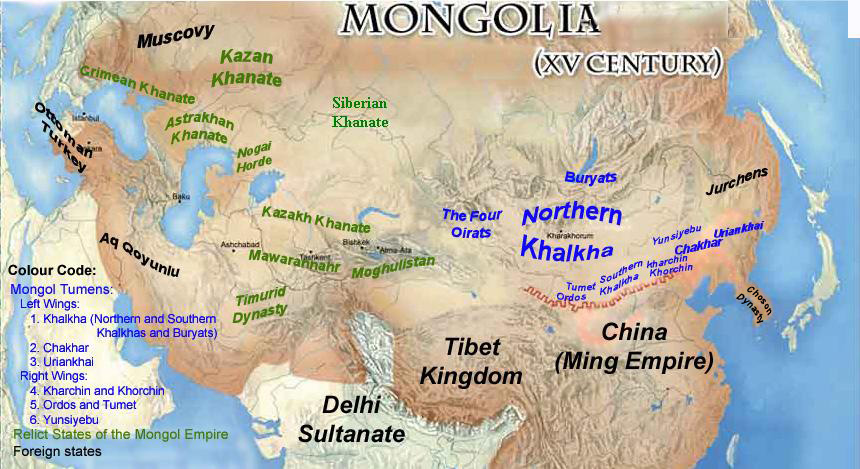What We Offer

Buy A Yurt
If you want to live like the nomads of the steppe, buy traditional yurts and gers.

Mongolian Socks
Buy authentic Mongolian cashmere and wool socks made in Mongolia.

Traditional Bows
Discover and buy traditional Mongolian bows handcrafted by local artisans.
About Mongolia
-

What are the Best Times to Visit Mongolia?
Mongolia, a land of vast steppes, nomadic traditions, and breathtaking landscapes, beckons travelers from around the world. But before you pack your bags and set off on your adventure, it’s crucial to understand the best times to visit this enchanting country. Mongolia’s climate is as diverse as its geography, so the timing of your trip…
-

Living Like a Nomad: A Guide to Experiencing Nomadic Life in Mongolia
Mongolia, a vast land of sweeping plains, rugged mountains, and nomadic traditions, offers a travel experience like no other. At the heart of this unique country is the nomadic way of life, where families have roamed the steppes for generations. To truly understand and appreciate Mongolia, there’s no better way than to immerse yourself in…
-

Mongolian History
The Mongol Empire was founded by Chinggis Khaan in 1206. Spanning from the Pacific Ocean to the shores of the Mediterranean Sea, it was the largest contiguous empire in history. At its peak, the Mongol Empire encompassed over 33 million people.
-

Mongolian Culture
When it comes to Mongolia as a country, it has several cultural heritages that greatly differ from other long-standing civilizations. As a matter of fact, some of their traditions could be identified as “unique” in other countries. Historically, these traditions can be tied to…
-

Mongolian Music
Mongolian music is known for its wide range of musical styles and instruments. In particular, the country is home to a number of traditional throat-singing styles, in which multiple notes are sung simultaneously. Today, Mongolian music continues to evolve…
-

Mongolian Food
Mongolia has quite the unique foods available for anyone looking to dine. Mongolian Barbecue and Grills are probably the most well-known dishes out there. But if you think it stops there, we have a list to surprise you.

